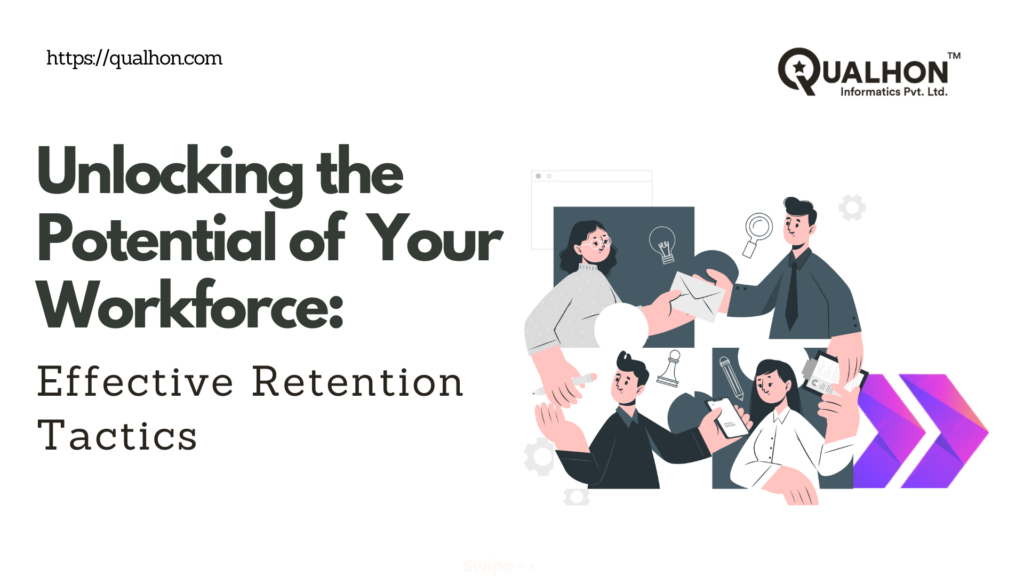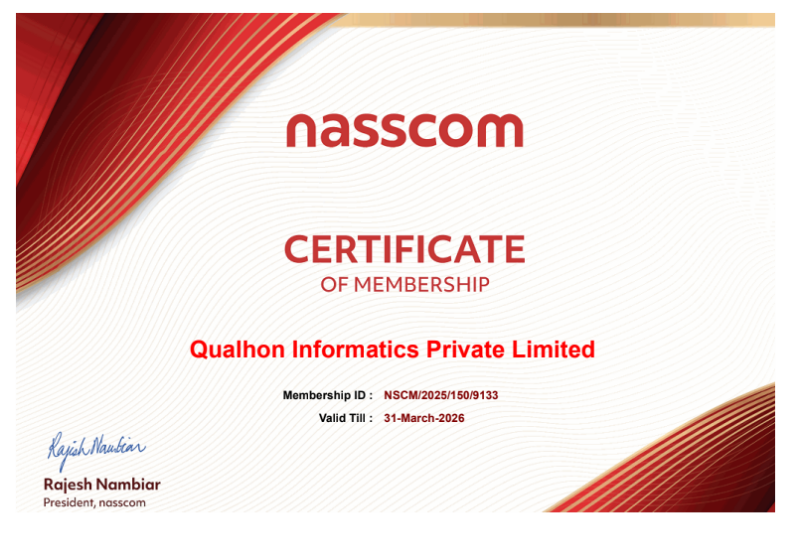Companies with satisfied employees see a 21% boost in profitability and up to 20% more productivity. This highlights the importance of implementing effective employee retention strategies that foster a sense of satisfaction among the workforces.
Unwanted turnover is expensive and disruptive for any workplace. A high turnover rate is a sign to step back, reflect on what’s causing it, and devise a plan of action accordingly. Employee retention strategies address these shortcomings, allowing companies to attract new high-value talent and retain their existing workforce.
These strategies consider factors such as a positive work environment, competitive benefits, growth opportunities, and other aspects that enhance employee satisfaction and, in turn, the overall success of the company.
Following are some effective retention strategies:
Onboarding and Orientation
Introducing The Company Culture, Values, And Structure
Introduce methods that help employees familiarize themselves with the company’s mission, values, and structure. This approach fosters a sense of belonging and commitment from the start, creating a clear understanding of each employee’s role within the organization.
Providing Necessary Training And Tools
Onboarding becomes easier with the necessary tools and the right training or mentor. It lets employees see a scope for growth and allows companies to show that they are supportive.
Setting Clear Expectations And Goals
Goal setting provides the workforce with a clear roadmap, helping them align their efforts with the company’s expectations. This clarity eliminates ambiguity, leaving no room for frustration or disengagement.
Building Relationships With Colleagues
Strong interpersonal relationships promote a healthy and positive workplace environment. Team-building activities and collaborative projects encourage bonding and collaboration, fostering comfort and satisfaction among employees.
Ensuring The New Hire Feels Valued And Supported
Regular feedback and recognition of good work boosts morale and improves motivation of employees. They feel valued and create a more positive association with the workplace.
Design An Orientation Program
New hires should acclimate smoothly to the workspace. Develop a program that introduces them to company policies, their teams, and colleagues, while providing a general overview of their role. Scheduling one-on-one time for feedback can also make the onboarding process less stressful.
Training Program
Job-specific Training
New hires must receive proper training elaborating on their roles and responsibilities and the tools necessary to execute tasks efficiently. This may include analytical tools and spreadsheets for budgeting tasks or financial modeling and accounting software for financial analysis.
Soft Skills Development
Focus training on enhancing interpersonal relationships, communication, and problem-solving skills. Conduct workshops to refine email writing and presentation abilities. Regular exercises aimed at improving collaborative problem-solving also help in developing these soft skills.
Product or Service Knowledge
Elaborate on the company’s offerings to help employees understand the product or service and align their efforts accordingly. This step enhances sales, boosts the company's reputation, and supports employee retention.
Rewards and Recognition
Monetary
Rightful monetary rewards for performance or milestones contribute to job satisfaction, financial stability, and motivation. These rewards may include competitive pay, bonuses, pay raises, profit sharing, or retention pay. Additional benefits such as provident funds and health insurance further enhance employees' overall compensation package, supporting their well-being and long-
term commitment to the company.
Non-Monetary
Recognition of one’s efforts through awards (such as Employee of the Month), public appreciation, or special certifications reinforces their dedication and time. Additionally, it serves as a motivator for the entire workforce, fostering a positive and productive environment.
Development
Employees feel rewarded through opportunities for professional growth. By introducing skill training programs and offering job promotions, companies can explore various ways to retain employees by supporting their development within the organization.
Work-Life Balance
It’s crucial to emphasize maintaining a work-life balance. Here are a few ways to implement it for your employees:
- Implement time management techniques to help ensure tasks meet
deadlines and reduce stress. - Offer remote work and flexible hours to help employees balance their work
and personal lives more effectively. - Provide support when needed, such as paid time off and maternity leave, to
accommodate personal needs. - Arrange company outings to create valuable experiences and strengthen
team bonds. - Encourage regular breaks and vacation time to reinforce the importance of
relaxation and rest.
Train Higher Management
Employees are more likely to leave due to a lack of support, guidance, or positive experiences with management. By conducting workshops and seminars that focus on enhancing leadership qualities, communication skills, and teamwork among management staff, companies can foster a healthy and supportive work culture for both new and existing employees.
Additionally, management should be trained to foster a supportive environment where employees feel comfortable discussing issues and seeking solutions openly.
Effective employee retention strategies are key to maintaining a productive and satisfied workforce that’s loyal and committed. By focusing on onboarding, training, rewards, recognition, work-life balance, and management development, companies can foster a positive work environment that supports long-term employee commitment and organizational success.



